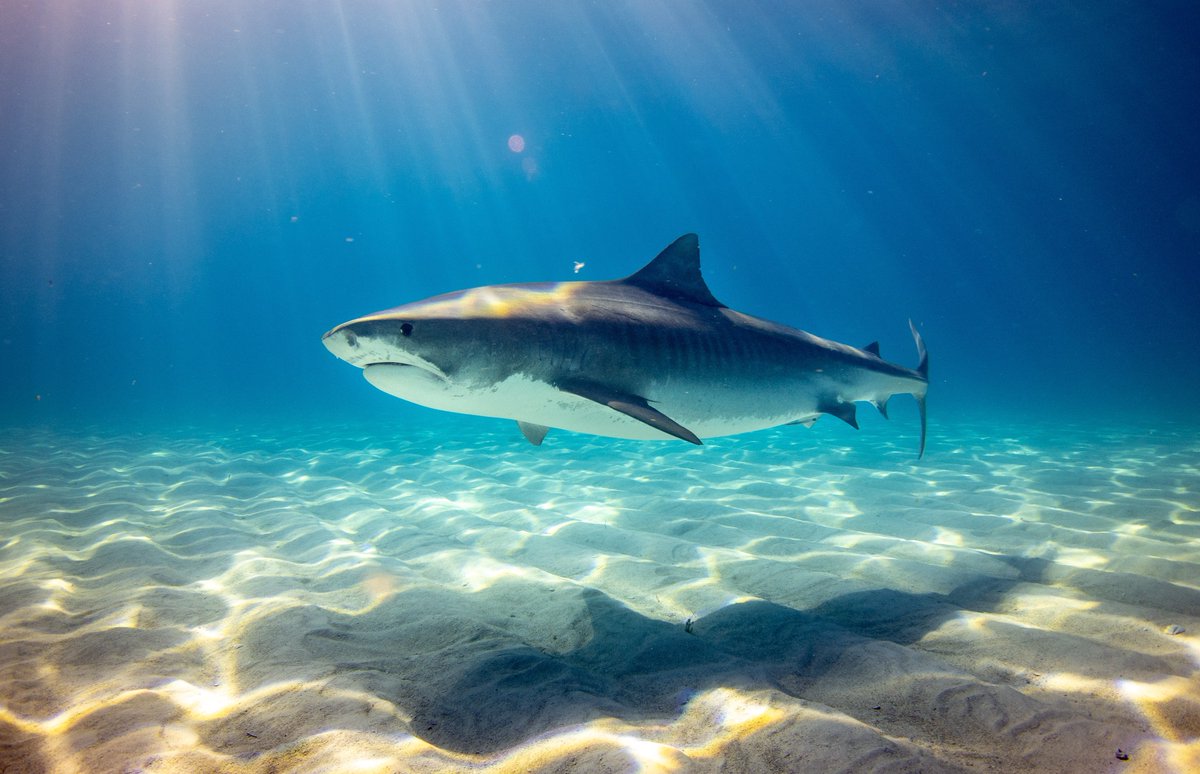
Right now, across eastern #Australia, #frogs are croaking it in large numbers – and again it’s the ARWH that are hopping up to the agar plate to find out what’s going on... #WildlifeHealth #ScienceWeek theconversation.com/dead-shrivelle… @jodirowley @KarrieARose @FrogIDAus #FrogID @austmus
There's a reason the humble #frog is ARWH's unofficial mascot. #Amphibians are valuable #IndicatorSpecies – being highly susceptible to environmental toxins & many pathogens (parasitic, bacterial, viral & fungal) - & right now they're indicating that something is seriously wrong
We are currently in an unusual #MassMortality event for #frogs, and Taronga's AWRH is right at the forefront of figuring out what is going on.
Affected #frogs are thin, may appear darker or lighter than normal, slow, & are out in the day. Some frogs also have red bellies, red feet, & excessive sloughed skin. The iconic green tree #frog features prominently in this #MassMortality event. PC: S. McGovern 

Please report any diseased frogs using the national #CitizenScience project, @FrogIDAus
Over 100 species of frog live within the geographic range of this outbreak, and many are considered threatened, including the #BooroolongFrog.
#cytrid, a well-documented fungal pathogen, is one possibility, with the fungus potentially able to take hold. The ARWH has confirmed cytrid in the very small number of sick #frogs we’ve examined from the recent outbreak, but we need more data
It remains possible that a novel or exotic pathogen could be the culprit. You can help find out. So Taronga's ARWH is working with the #Australian Museum (@austmus), government biosecurity and environment agencies as part of the investigation.
Please send any reports of sick or dead #frogs (and if possible, photos) to us, via the national @austmus #CitizenScience project @FrogIDAus , or email calls@frogid.net.au.
• • •
Missing some Tweet in this thread? You can try to
force a refresh












